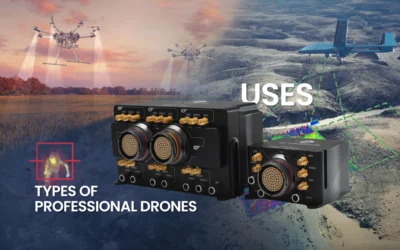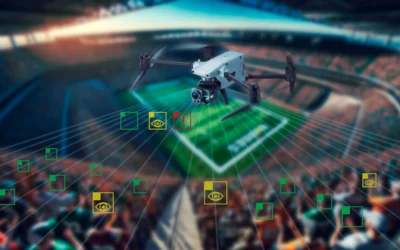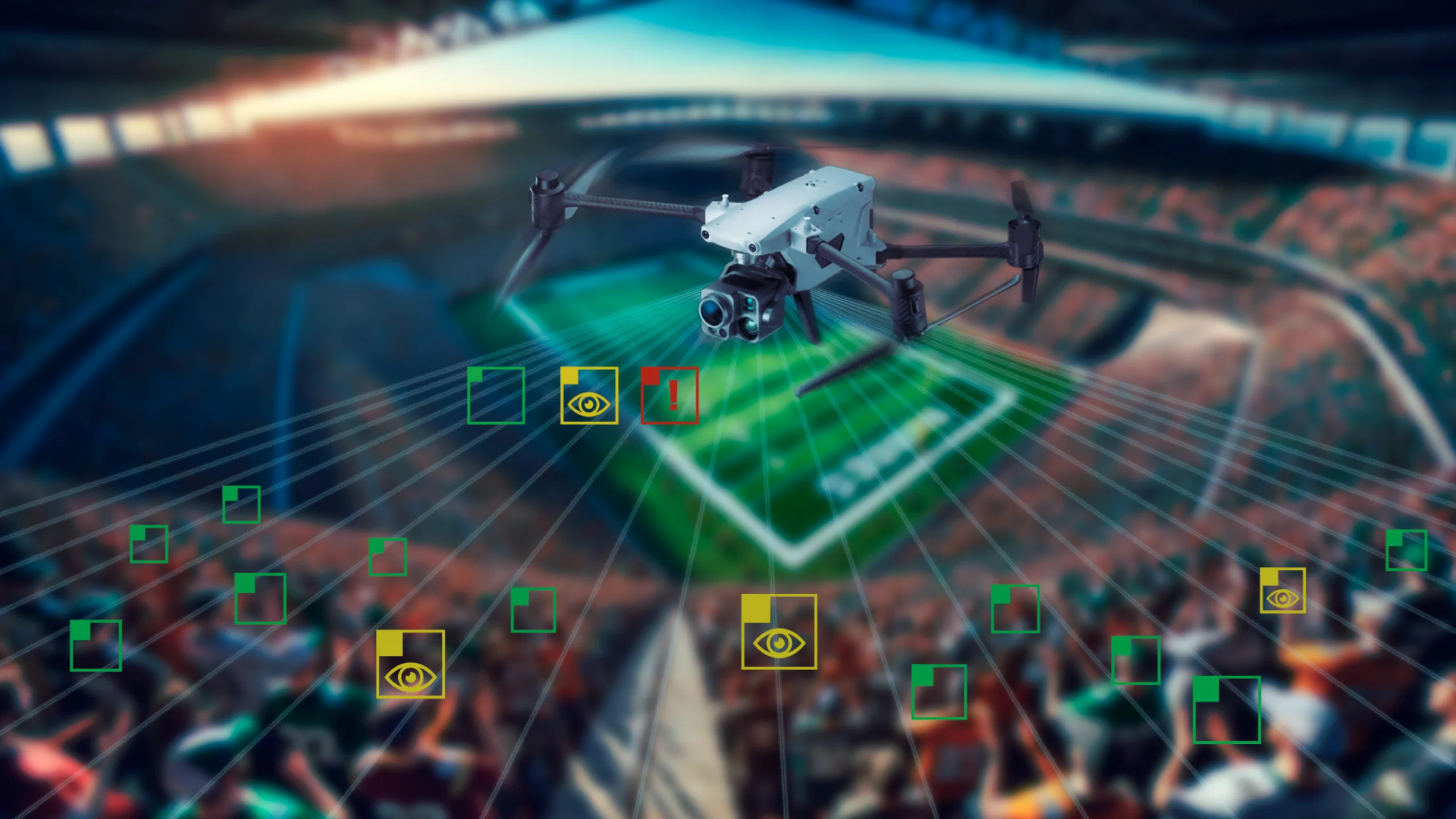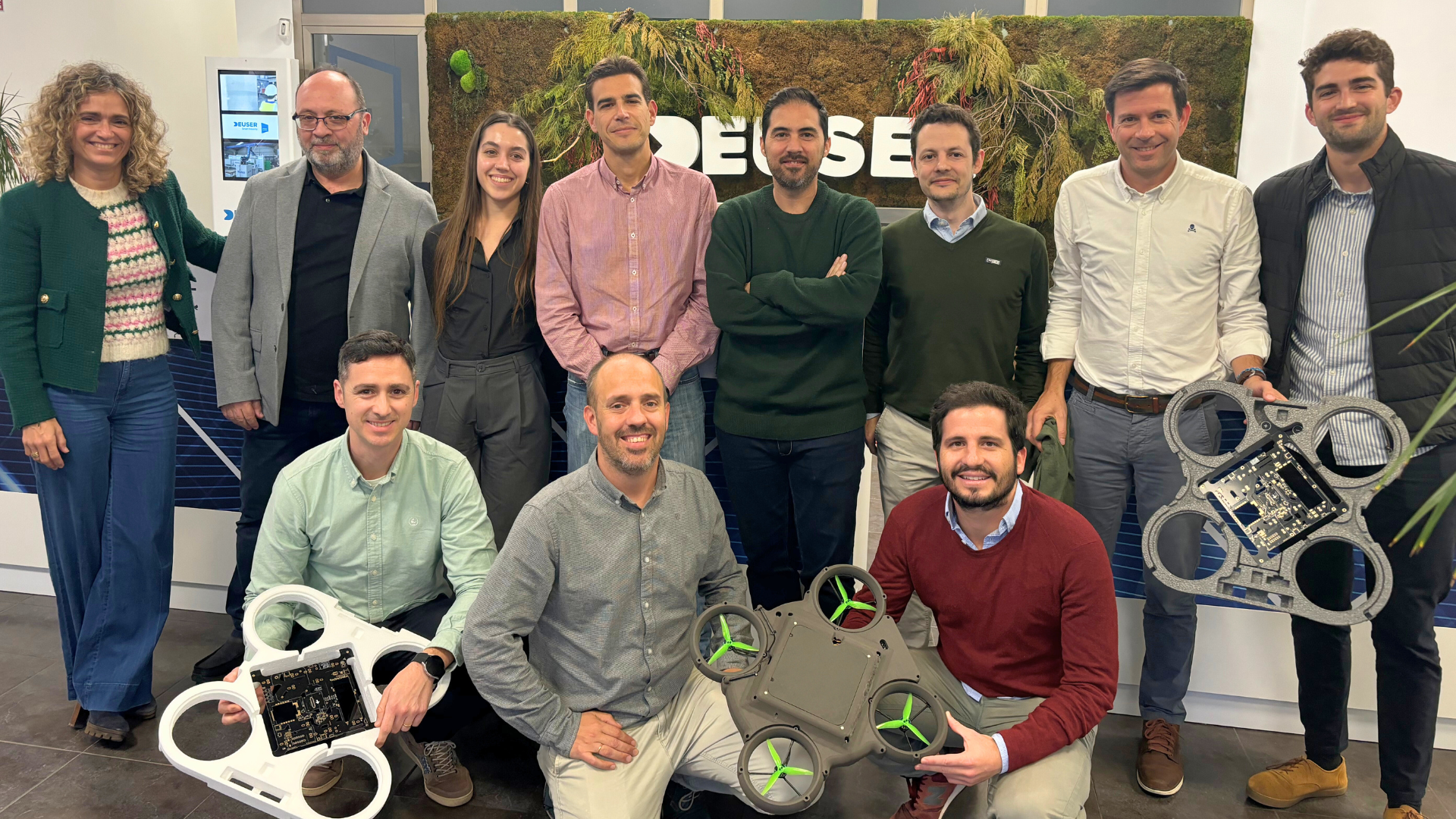Drone integration in the common airspace is one of the main goals that the UAV industry is facing. A new roadmap is being traced by main sector players in order to allow drone operations on the controlled airspace thanks to UTM services.
New technologies and progress achieved in drone communications are defining the path for UTM development. Some visionaries see new UTM services as a global network of interconnected online databases talking a common language. There, air traffic data (aircraft position, flight plans, geofencing areas…) is stored and updated in the real time, permitting UAV operators to have real time air-traffic information.
All this is fed by real time data sharing of drone and manned aircraft position. New transponder and radar technology also permits UAVs to monitor surrounding aircraft and obstacle position. Permitting to share this information in an extended collaborative airspace.
Autopilots or control systems are concentrators of all Air-Traffic information available in the area: transponder data, obstacle detection, own position… playing a significant role for UTM integration.
UAV Autopilots as core for UTM integration
Considering industry needs for the integration of these technologies in the Unmanned Traffic Monitoring, UAV autopilot becomes a key element for the UAV integration in the controlled airspace. From the GPS positioning to the control center communications, all is managed on the control system.
The Veronte Autopilot development team is aware of this and is working to make it happen. First, Embention bet for embedding a 4G communications module in the Autopilot. Now it has released Veronte Cloud, an internet based database where autopilots can share position and other data in the real time.
All this, makes Veronte Autopilot to be a step forward over other control systems. Focusing all new developments to the coming UTM integration and embedding all technologies needed so no extra devices are needed. Embention has recently attended to ICAO for speaking about this technology.















